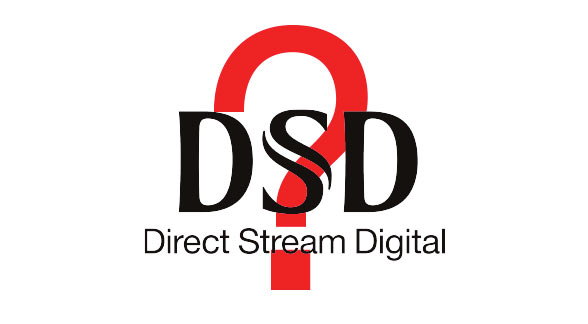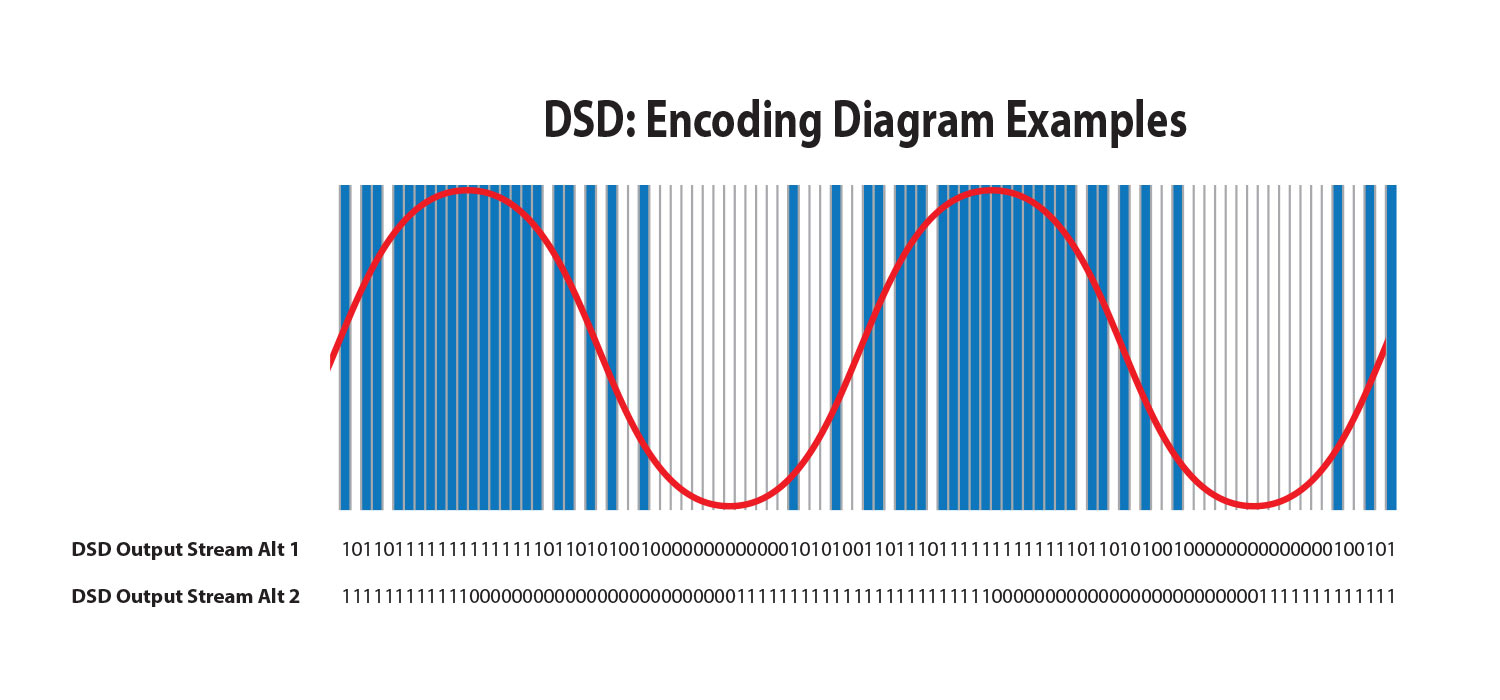DSD: Up and Down
I just finished reading a couple more pieces on the merits of DSD. I read a marketing brochure produced by Korg called, “The 1-Bit Advantage – Future Proof Recording”, the original, a white paper produced by Sony about the format and a post by Paul McGowan, a very well known designer of analog and digital equipment and head of PS Audio, called “How Dense Are You?”.
I find the title of Paul’s article and the associated image (it’s two soccer players in close proximity…one is trying to head the ball and the other has his foot about to strike the head of the first player) rather unfortunate. I know he was trying to be clever in tying the Pulse Density Modulation scheme used in 1-bit DSD recording to the title and image but the not so subtle subtext is that you are “dense” if you don’t “get” or like DSD. He’s obviously a support of DSD. I’m not.
In all the demos I’ve heard of DSD, I have not felt it a challenge to what I already have, much less something that bests it.
A quote from Barry Diament, Soundkeeper Recordings from a discussion of DSD on Computer Audiophile
Anyway, these articles try to “simplify” the technical descriptions of DSD or Direct Streaming Digital. Everything I’ve read and studied emphasizes the simplicity of DSD over PCM. They talk about the presence of delta sigma technologies in ALL PCM conversion and how different DSD is from PCM. They include diagrams that dramatize the additional steps that are required in PCM conversions and they brag about the similarity of DSD to analog signals. Like somehow the DSD digital representation is not really digital but somehow a “flavor” of analog. And this assumes that analog is something to strive for but that’s fodder for another post.
What they don’t talk about is the excessive amount of ultrasonic noise that is generated and which must be rolled off to get reasonable dynamic range specs in the “audio band”. They omit the fact that there are no tools to work with native 1-bit DSD streams and to do any production work you have to convert to multibit samples or record with DXD at 352.8 MHz with 32-bit words and then downconvert. By the way, whenever you hear the DXD acronym, just think HD-PCM because that’s what it is.
But there are inconsistencies in these articles and some serious omissions.
For example, the “Super Audio Compact Disc – A Technical Proposal” paper by Sony written at the launch of the SA-CD format has a comparison chart between CD and SA-CD. It has a row labeled “Audio Encoding”. The SA-CD column says, “1-bit Direct Stream Digital, 2.8224 MHz sampling”. However, Paul’s post that 1-bit audio is simple to understand states in the 5th paragraph, “There are no samples, there are no words, there is no code. Instead there is a continuous streaming ‘train’ of single identical bits that are either on or off.” Sony, the owner and chief supporter of the technology, says there are words of 1-bit length and there are 2.8224 million samples per second.
So who’s dense? DSD samples a signal 2.8224 million times per second AND it stores a “Yes” or “No” in a single 1-bit word that says whether the current sample value is higher or lower than the one in the accumulator…the previous value.
I’m interested because, in spite of my personal reluctance to embrace this method of encoding, I’m the head of the recording arts program at CSU Dominguez Hills and I teach encoding systems as part of my advanced recording course. I’ve always taught that because there are only two possible states for a 1-bit data point, there can only be a stream of ones and zeros contained in a DSD stream.
The Korg document states, “With such frequent readings of the current state of the audio waveform, each step need only be defined is the simplest of terms – has the signal increased since the last step, decreased, or remained the same. 1-bit offers only two values, a 1 or a 0.”
According to this description, which is consistent with my own teaching of the subject, the stream of ones or zeros associated with the following waveform would be as shown in the bottom string of ones and zeros. Anytime:
Figure 1 – A diagram frequently used to show PDM as used in DSD encoding. Which stream is actually output?
I understand and accept that ultimately your ears will be the judges. If you or Paul prefers the sound of DSD recordings then continue to support the format. But Paul’s closing line in his post is not a fact but merely his opinion…. he said, “DSD is a lot closer to analog than PCM ever thought to be.”
Here’s a thoughtful quote from Barry Diament of Soundkeeper Recordings, another engineer that prefers HD-PCM:
“The thing is, for the past several years, I’ve been thrilled to have a recording device and format (for me 24/192, *from this device*) where, for the first time in my experience, I have not yet been able to discern the output from my mic feed. To me, that is a pretty big deal. I never got that from any other recording device, regardless of price or format.
Maybe it is a “you had to be there”. I don’t know the words to express the above any better than I so far have.
I’m always listening to new things and always keep an ear open for something that will reveal how the current standard can be improved upon. In all the demos I’ve heard of DSD, I have not felt it a challenge to what I already have, much less something that bests it.”



Hi Mark,
Although I do agree on many fundamental points you put forward regarding DSD, the description of a DSD converter operation in your post is simplistic and incorrect.
You say ” it stores a “Yes” or “No” in a single 1-bit word that says whether the current sample value is higher or lower than the one in the accumulator…the previous value” and later on, citing the Korg documentation “each step need only be defined is the simplest of terms – has the signal increased since the last step, decreased, or remained the same”.
In fact there exists a nice Sigma-Delta ADC simulation tool at the Analog Devices web site:
http://designtools.analog.com/dt/sdtutorial/sdtutorial.html
which is an interactive illustration demonstrating the behavior of a basic first-order sigma-delta A/D modulator. The simulation shows how a sigma-delta modulator works so that the average output value of the modulator (the 0’s and 1’s) equals the analog input value over some short period of time.
Besides actual converters are more elaborate. They have more than one feedback loop (fifth-order or higher) to improve noise shaping and have more than one bit (usually 4).
Best regards.
Hi,
I had the same exactly question with you and searching the web I hit your page. To my understanding of this type of encoding, I agree with your second-bit stream but as I already the “jnantoine” comment may be some lags or error correction algorithms influences the final result.